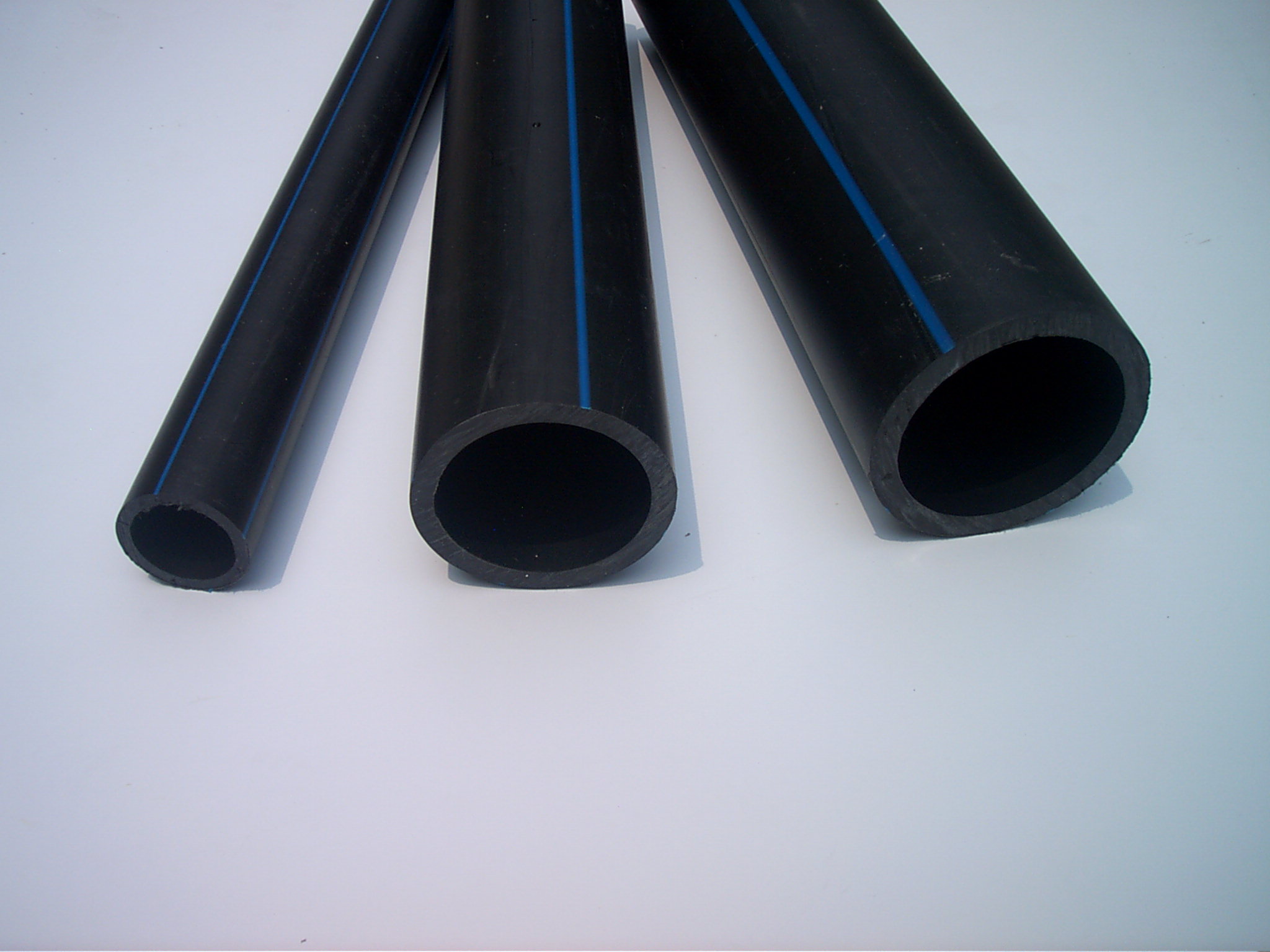Sep . 25, 2024 16:35 Back to list
era ppr pipes and fittings
Understanding ERA PPR Pipes and Fittings
In the realm of plumbing and construction, selecting the right materials is crucial for ensuring durability, efficiency, and sustainability. Among the various options available today, ERA PPR (Polypropylene Random Copolymer) pipes and fittings have emerged as a popular choice. This article will delve into the characteristics, advantages, applications, and installation of ERA PPR pipes and fittings, providing a comprehensive overview of why they are favored in various industries.
Characteristics of ERA PPR Pipes and Fittings
ERA PPR pipes are made of a type of plastic known as polypropylene random copolymer, designed for high performance in various applications. One of the most notable characteristics of these pipes is their resistance to temperature fluctuations and pressure, making them suitable for transporting hot and cold water. With a wide temperature range, these pipes can handle temperatures up to 95°C (203°F) without compromising their structural integrity.
Another significant characteristic of ERA PPR pipes is their lightweight nature. This attribute not only simplifies transportation and handling but also reduces the overall burden on structural components when installed. ERA PPR fittings, including elbows, tees, and connectors, are designed to complement the pipes, ensuring a leak-proof and reliable plumbing system.
Advantages of ERA PPR Pipes and Fittings
1. Corrosion Resistance One of the standout features of ERA PPR pipes is their resistance to corrosion and chemical attacks. Unlike metal pipes, which can corrode over time, PPR pipes maintain their integrity, providing a longer lifespan and reducing replacement costs.
2. Eco-Friendly ERA PPR pipes are made from recyclable materials, making them an environmentally friendly option. Their production process is also less harmful to the environment compared to traditional materials, aligning with today’s sustainability goals.
3. Thermal Insulation Due to their low thermal conductivity, ERA PPR pipes provide excellent insulation against heat loss. This characteristic helps maintain the temperature of the fluids being transported, improving energy efficiency and reducing costs.
4. Ease of Installation The lightweight nature of ERA PPR pipes and fittings facilitates easy handling and installation. They can be connected using a heat fusion technique, which creates a strong, permanent bond. This method not only minimizes the risk of leaks but also speeds up the installation process.
5. Cost-Effective While the initial investment in PPR piping may be slightly higher than traditional materials, the long-term savings in maintenance and longevity make them a cost-effective solution. Their durability translates to fewer repairs and replacements over the years.
era ppr pipes and fittings

Applications of ERA PPR Pipes and Fittings
ERA PPR pipes and fittings are versatile and can be utilized in a variety of applications
. Common uses include- Hot and Cold Water Distribution ERA PPR is commonly used in residential and commercial plumbing systems for distributing hot and cold water. - Drainage Systems Their corrosion resistance makes them ideal for drainage and wastewater systems. - Industrial Applications Many industries use these pipes for transporting chemicals and other substances due to their robust chemical resistance. - Heating Systems ERA PPR pipes are often used in underfloor heating systems, ensuring efficient heat transfer and distribution.
Installation Process
Installing ERA PPR pipes and fittings requires careful planning and execution. Here are key steps to ensure a successful installation
1. Planning and Measurement Start by measuring the area where the pipes will be installed. This helps in cutting the pipes to the necessary lengths and planning the layout.
2. Cutting the Pipes Use a proper cutting tool to ensure clean cuts. Jagged edges can lead to leaks during installation.
3. Joining the Pipes Use the heat fusion technique to join the pipes and fittings. This involves heating the ends of the pipes and then pressing them together, creating a strong bond as they cool.
4. Testing the System After installation, it’s essential to test the system for leaks and ensure everything is functioning correctly.
Conclusion
In summary, ERA PPR pipes and fittings offer an array of benefits that make them an excellent choice for modern plumbing and construction applications. Their durability, resistance to corrosion, ease of installation, and eco-friendliness position them as a preferred material in various sectors. By understanding the unique characteristics and advantages of ERA PPR products, builders, contractors, and homeowners can make informed decisions that contribute to efficient and sustainable plumbing solutions.
-
High-Quality PPR Pipes and Fittings Durable ERA PPR & PVC PPR Solutions
NewsJul.08,2025
-
Black HDPE Cutting Board - Durable, Non-Porous & Food Safe HDPE Plastic Cutting Board
NewsJul.08,2025
-
High-Quality CPVC Panel Durable HDPE & PVC Panels Supplier
NewsJul.08,2025
-
Double PE Welding Rod Supplier - High Strength, Durable & Versatile Welding Solutions
NewsJul.07,2025
-
High-Quality PVC-O Pipe Supplier Durable 75mm PVC Pipe & Connections Leading PVC Pipe Company
NewsJul.07,2025
-
HDPE Drainage Pipe Supplier – Durable & Corrosion-Resistant Solutions
NewsJul.06,2025

